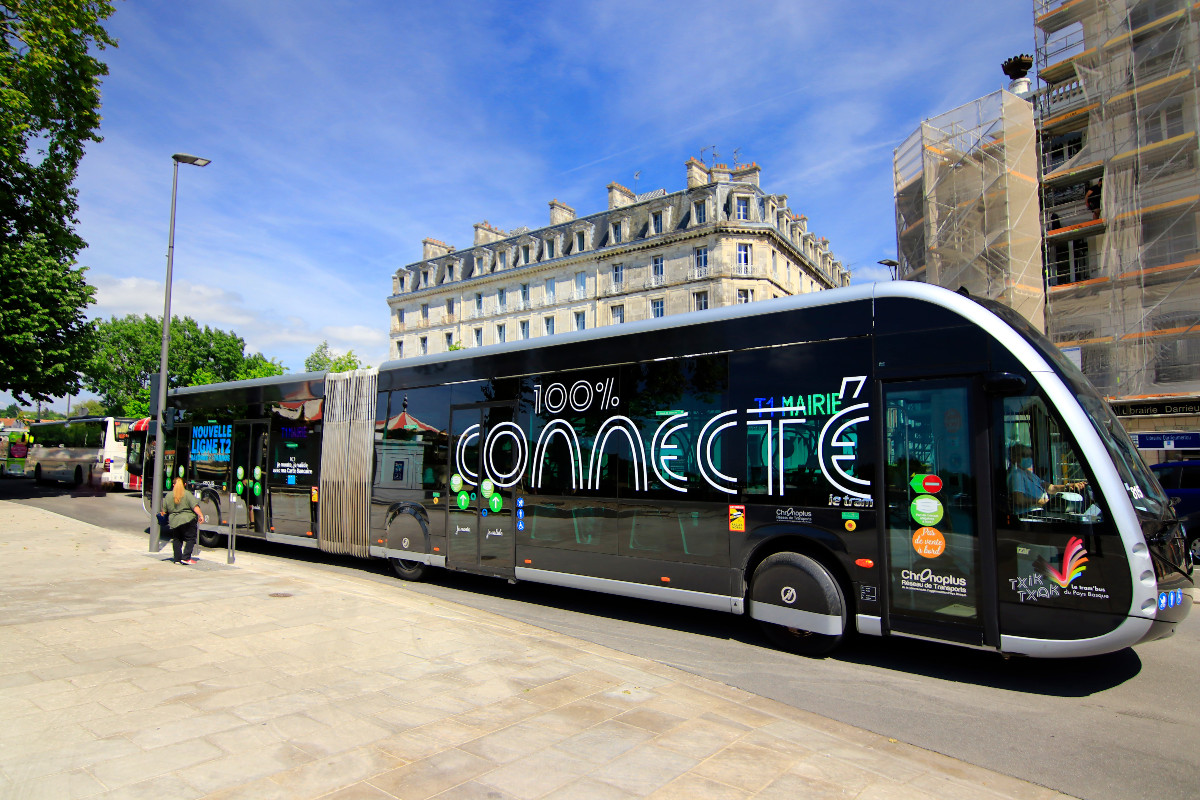Connected Energy and Forsee Power have unveiled plans to turn batteries retired from electric buses into grid-scale energy storage assets, starting with a 2.5 MWh unit slated to go live in the UK in Q4 2025.
The partnership will marry Connected Energy’s second‑life integration platform with Forsee Power’s ZEN 35 and ZEN 42 battery packs, thousands of which are already running in about 1,500 European e‑buses. By re‑using the modules once the vehicles reach end of life, the pair aims to unlock extra revenue for operators, cut raw‑material demand and deliver an affordable buffer for renewables and behind‑the‑meter applications.
“This agreement with Forsee Power represents a significant step forward in delivering a new second life economy for EV batteries,” said Matthew Lumsden, CEO of Connected Energy.
“The availability of second life batteries is increasing rapidly and the best way to realise the value in them is through partnerships that span the value chain. By combining our expertise, we can deliver energy storage technology that delivers greater environmental and commercial benefits as the flow of batteries increases.”
The two companies will co‑design a modular architecture that can be scaled well beyond the pilot. Installations of 25 MWh or more are already being scoped for further roll‑outs in the UK and France as part of a wider European strategy.
“We are glad to extend our partnership with Connected Energy initiated in 2021, to develop a grid-scale energy storage system utilising battery packs from electric buses that have completed their first life,” said Christophe Gurtner, Chairman & CEO of Forsee Power.
“Our company’s vision is to develop a sustainable battery ecosystem to maximise the value of our batteries throughout their lifetime and contribute to mitigation of climate change. Forsee Power, the leader of battery systems for buses outside of China, has equipped more than 4,200 buses. Thus, we have and will have access to a significant number of batteries once they complete their first life. As a consequence, the potential is huge.”

